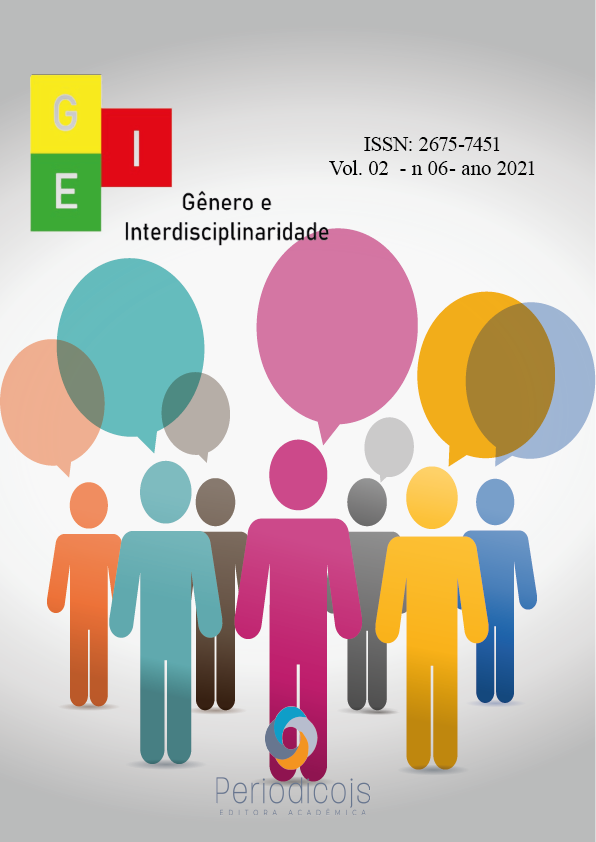Resumo
The aim of the present study is a comparative study of Farabi and Harvey’s theoretical apparatus about their ideal city. The method of this research is theoretical comparison using content analysis method. According to the theoretical framework and dimensions of the research methodology of the theoretical system, in this section, the views of Farabi and Harvey are compared. The research results show that Farabi’s theoretical metaphor is organic and Harvey’s metaphor is construction (infrastructure and superstructure). Farabi also uses the exponential method to explain the ideal city, but Harvey uses the dialectical method. Farabi sees the ideal city as having an orderly hierarchy but a class-military Harvey with conflict. Farabi proposes help and cooperation as a way to prosperity in the city, but Harvey proposes focused global movements to achieve the right of the city, and awaits “moments of creative destruction.” Finally, the results showed that there is a fundamental difference between the utopia of Farabi and Hawari, one that emphasizes order, stability, hierarchy and the other on conflict, change and expropriation.
Referências
Ashouri, Mehdi (2016) Scientific Progress, Comparability of Paradigms and the Problem of Measurability of Classification Systems, Quarterly Journal of Humanities Methodology.
Assyrian, Dariush (2008) Political Encyclopedia, 16th edition, Tehran, Morvarid Publishing.
Azad Armaki, Taghi (1374) The social thought of Muslim thinkers; From Farabi to Ibn Khaldun, Tehran, Soroush.
Azad Armaki, Taghi (1997) Sociology of Ibn Khaldun, Tehran, Tebyan Publishing.
Davari Ardakani, Reza (1374) Farabi, Tehran, New Plan Publications.
Davari Ardakani, Reza (2009) Another look at the history of Islamic philosophy, Tehran: University of Tehran Press.
Davari, Reza (2536) The Age of Utopia, Tehran, Hekmat Publishing.
Farabi, Abu Nasr Mohammad (1361) Thoughts of the utopia, translated by Jafar Sajjadi, Tehran, Tahoori Publications.
Ghaderi, Hatami (2000) Political Thoughts in Islam and Iran, Tehran, Samat.
Hashemi, Seyed Abolghasem. (1351) Life and scientific and intellectual biography of the second teacher Abu Nasr Farabi, Tehran, author.
Harvey, D. (2003). The right to the city. International Journal of Urban and Regional Research, 27(4), 939-941.
Harvey, D. (Ed.). (2005). Spaces of neoliberalization: towards a theory of uneven geographical development (Vol. 8). Franz Steiner Verlag.
Harvey, D. (2012). Rebel cities: from the right to the city to the urban revolution. Verso Books.
Khoshrou, Gholam Ali (1993) Recognizing the types of communities from the perspective of Farabi and Ibn Khaldun, Tehran, Information.
Kitcher, Phillip (1983), “Implications of Incommensurability”, PSA: Proceeding of the 1982 Biennial Meeting of the Philosophy of Science Association, vol. 2, ed. P. D. Asquith and T. Nickles (East Lansing, MI:Philosophy of Science Association).
Kuhn, Tomas S. (1970a), The Structure of scientific revolutions, 2nded, Chicago: university of Chicago Press.
Rafipour, Faramarz (2003) Special Research Techniques, Tehran, Anteshar Co.
Mohajernia, Mohsen (2001) Farabi Political Thought, Qom: Book Garden.
Moein, Mohammad (2006) Moein Culture, Tehran: Ashja and Neda.
Nasar, Nasef (1987) Ibn Khaldun’s Realist Thought, Yousef Rahim Lou, Tehran, Publishing Center. University.
Weiser, Philip P. (2006) Culture of the History of Thoughts (Studies on a selection of basic ideas), Volume I, Tehran, Saad Publishing.





